Michael Palm
Рождение : 1965-01-01, Linz, Austria

Editor
18th century Austria. Villages surrounded by deep forests. A woman is sentenced to death after killing a baby. Agnes is marrying her loved one and candidly prepares herself for a spouse life. Soon after, her head and heart start to feel heavy. Day after day, she is increasingly trapped in a murky and lonely path leading to evil thoughts. Maybe not just thoughts…

Additional Editor
A film about our garbage that is found in the most remote areas and about the people who try to dispose of it. Not only in the sea and on coasts, also in the Arctic, the jungle, high up on the mountains and deep inside the desert, garbage is found almost everywhere in various forms and dimensions, sometimes as whole car wrecks, old TV sets or simply construction rubble, but mostly in the form of disintegrated plastic particles a few millimetres in size. Humanity has handed out its visiting cards thoroughly.

Editor
Русская эмигрантка и порноактриса Лиллиан решает пройти пешком США, чтобы вернуться домой. Путь её лежит от Нью-Йорка до Аляски: словно лосось на нересте, она всё время движется наперекор всему, поперёк течения.

Sound Designer
Widerstandsmomente (Moments of Resistance) carries voices, writings, and objects from the anti-Nazi resistance into the present. Politically engaged women of today respond to historical resistance and make links to current events. A line is drawn from what was before and what is today to what might be: a society based on solidarity without discrimination or exclusion.

Sound Editor
Widerstandsmomente (Moments of Resistance) carries voices, writings, and objects from the anti-Nazi resistance into the present. Politically engaged women of today respond to historical resistance and make links to current events. A line is drawn from what was before and what is today to what might be: a society based on solidarity without discrimination or exclusion.

Editor
Widerstandsmomente (Moments of Resistance) carries voices, writings, and objects from the anti-Nazi resistance into the present. Politically engaged women of today respond to historical resistance and make links to current events. A line is drawn from what was before and what is today to what might be: a society based on solidarity without discrimination or exclusion.

Editor
О восстании мертвецов в небольшом австрийском городе.

Editor
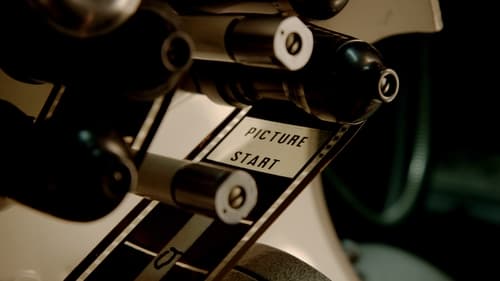
Original Music Composer
The “digital revolution” reached the cinema late and was chiefly styled as a technological advancement. Today, in an era where analog celluloid strips are disappearing, and given the diversity of digital moving picture formats, there is much more at stake: Are the world’s film archives on the brink of a dark age? Are we facing the massive loss of collective audiovisual memory? Is film dying, or just changing? CINEMA FUTURES travels to international locations and, together with renowned filmmakers, museum curators, historians and engineers, dramatizes the future of film and the cinema in the age of digital moving pictures.

Editor
The “digital revolution” reached the cinema late and was chiefly styled as a technological advancement. Today, in an era where analog celluloid strips are disappearing, and given the diversity of digital moving picture formats, there is much more at stake: Are the world’s film archives on the brink of a dark age? Are we facing the massive loss of collective audiovisual memory? Is film dying, or just changing? CINEMA FUTURES travels to international locations and, together with renowned filmmakers, museum curators, historians and engineers, dramatizes the future of film and the cinema in the age of digital moving pictures.

Writer
The “digital revolution” reached the cinema late and was chiefly styled as a technological advancement. Today, in an era where analog celluloid strips are disappearing, and given the diversity of digital moving picture formats, there is much more at stake: Are the world’s film archives on the brink of a dark age? Are we facing the massive loss of collective audiovisual memory? Is film dying, or just changing? CINEMA FUTURES travels to international locations and, together with renowned filmmakers, museum curators, historians and engineers, dramatizes the future of film and the cinema in the age of digital moving pictures.

Director
The “digital revolution” reached the cinema late and was chiefly styled as a technological advancement. Today, in an era where analog celluloid strips are disappearing, and given the diversity of digital moving picture formats, there is much more at stake: Are the world’s film archives on the brink of a dark age? Are we facing the massive loss of collective audiovisual memory? Is film dying, or just changing? CINEMA FUTURES travels to international locations and, together with renowned filmmakers, museum curators, historians and engineers, dramatizes the future of film and the cinema in the age of digital moving pictures.
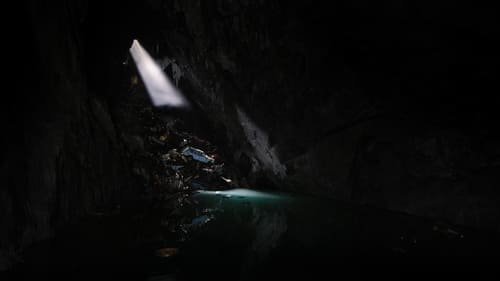
Editor
Железные дороги. Заводы и фабрики. Кинотеатры, концертные залы и дворцы культуры с масштабными мозаичными панно. Больницы. Церкви. Зоопарки. Супермаркеты. Электростанции. Офисы. Кажется, все возможные места, где жил, работал, наслаждался искусством, ел, молился и любил человек разумный — прежде, чем навсегда оставить землю. Теперь эти рельсы ведут в никуда. Вечнозеленые джунгли наступают на индустриальные пространства. Дождь смывает все следы людского пребывания. Был человек — и нет человека.
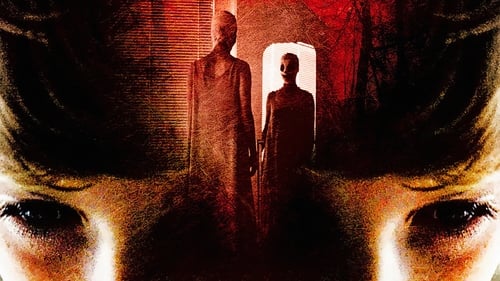
Editor
На окраине кукурузного поля в сельской глуши стоит дом. 10-летние близнецы ждут возвращения своей матери. Когда она приходит, ее лицо закрывают бинты после пластической операции. С этого момента все меняется — отчужденная и холодная, она постепенно изолирует их семью от внешнего мира. Мальчики начинают подозревать, что эта женщина — не их мать, и пытаются выяснить правду любой ценой

Editor
Documentary about two heroin addicts living in Moscow.
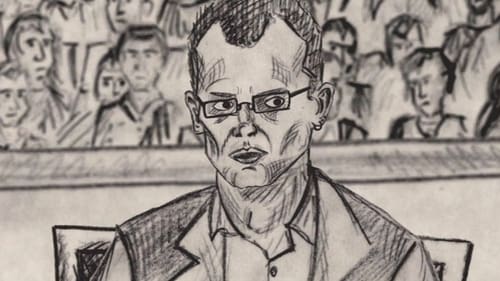
Sound Director
At 6am on May 21, 2008, armed police burst into the apartment of Austrian dog trainer and animal-rights activist Sabine Koch, arresting her. After three months in custody, Koch, together with 12 other animal-rights activists, went on trial. They were charged with being members of a criminal organisation and therefore breaching article 273a of the Austrian Penal Code, introduced in the wake of 9/11. The article’s intention is to allow the state to stifle terrorist activity. Years of observation, house searches, and undercover agents – the police left no stone unturned in its bid to prove the animal-rights activists’ guilt. The sobering result: five million Euros worth of investigation, no proof and a great deal of scepticism towards the Austrian justice system – and democracy itself. Filmmaker Igor Hauzenberger captures one of the highest profile cases this alpine republic has ever seen.

Editor
At 6am on May 21, 2008, armed police burst into the apartment of Austrian dog trainer and animal-rights activist Sabine Koch, arresting her. After three months in custody, Koch, together with 12 other animal-rights activists, went on trial. They were charged with being members of a criminal organisation and therefore breaching article 273a of the Austrian Penal Code, introduced in the wake of 9/11. The article’s intention is to allow the state to stifle terrorist activity. Years of observation, house searches, and undercover agents – the police left no stone unturned in its bid to prove the animal-rights activists’ guilt. The sobering result: five million Euros worth of investigation, no proof and a great deal of scepticism towards the Austrian justice system – and democracy itself. Filmmaker Igor Hauzenberger captures one of the highest profile cases this alpine republic has ever seen.

Director
"Low Definition Control is a film about images. Surveillance cameras, ultrasound detectors and MRI images in medicine are fabricating models of conformist behaviour and healthy bodies but as well of anomalies, suspicion and hidden risks. In times of terrorist threat, risk prevention and all-embracing control phantasms these images foreshadow a possible future. A film about this future." ~ Austrian Film Commission

Director

Editor
At some point in the not-so-distant future, an unnamed European city has evolved into a bizarre dystopian metropolis, whose residents inhabit towering utopian high-rises and work, collectively, in a single compound.

Editor
An Austrian documentary, released in 2007.

Director
Twenty-eight well-known filmmakers living and working in Austria were invited by WIENER MOZARTJAHR 2006, to produce associative miniatures on Mozart. Requirement: they had to be one-minute artistic short films. The directors come from a whole range of different backgrounds, ranging from animated, experimental and short film to documentaries and feature films. The result is a multi-facetted sampler of diverse formal and contextual positions with regard to Mozart’s person and his influence on today’s society, art and culture. The contributions run the gamut from experimental-conceptual statements through socio-critical and documentary observations to pithy short feature films.
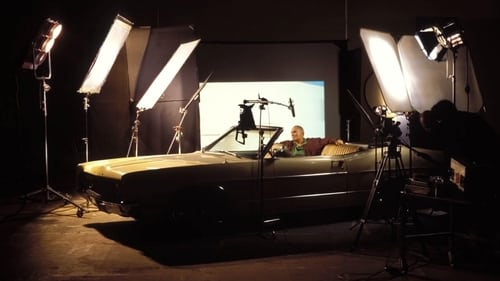
Writer
Documentary on the life and work of B-movie filmmaker Edgar G. Ulmer, spanning from his early life to his last film.

Director
Documentary on the life and work of B-movie filmmaker Edgar G. Ulmer, spanning from his early life to his last film.

Editor
Since 1952 countless films, documentaries, and reports have been made about Miková, the small village in Eastern Slovakia with a population of one hundred and fifty from where Andy Warhol’s family emigrated to the US. Focussing on his relatives who still live there, I Am From Nowhere examines the media’s obsession with Miková, thus reflecting on fame, filming as well as being filmed, and on Warhol’s legendary “15 minutes of fame”. More than that however, it is a film about the dreams and hopes of the people there, about the universal human dream of a better life, and an “American Dream”, which turns out to be completely different than expected.

Editor
"Ceija Stojka" is a portrait of 64-year-old Austrian Rom Ceija Stojka, who, after a nomadic childhood, settled in Vienna many years ago. In the recent past, Ceija Stojka’s fame as an author, painter and singer has spread outside Austria. She represents the opening of Rom and Sinti society to the world of the "gadje." This process and all the difficulties it involves is unique in the history of the Rom in Central Europe. The central theme of this documentary is the fusion of two extremely different worlds in this fascinating woman. Beginning with Ceija Stojka’s present life, her biography is reconstructed in this film portrait. At the same time, a critical chronology of images portrays the common associations with the "gypsy," examples of which pervade Ceija Stojka’s life. A comprehensive consideration of the gypsy’s image, from romanticized projections to images of exclusion, discrimination and destruction, and finally the present ambivalent relationship between Rom and non-Rom.

Music
The accomplishments of four handicapped ten-year-olds are recorded on camera. Their determination to do and create is obvious in each action.

Music
Nine persons sign up for a self-awareness course at an isolated country estate. Dr. Romero, a charismatic therapist, and his assistants confront the patients with their problems. Cut off from the rest of the world, the participants are increasingly drawn into the therapy's spell.

Editor
Nine persons sign up for a self-awareness course at an isolated country estate. Dr. Romero, a charismatic therapist, and his assistants confront the patients with their problems. Cut off from the rest of the world, the participants are increasingly drawn into the therapy's spell.

Music
A few hours in the life of empress Sisi; a summer night at Gödöllö. A game with operetta and melodrama; a grotesque with much colour, music, dancing, and bloodshed.

Editor
A few hours in the life of empress Sisi; a summer night at Gödöllö. A game with operetta and melodrama; a grotesque with much colour, music, dancing, and bloodshed.

Editor
Albania, 1994. Those who have left assert that those who remain are the ones who are afraid. Those who remain say, what do we have to fear? We have no time for tears.

Editor
In the beginning is the sea. Night over the harbour. Then a plane takes off. Dana, the friend, leaves the airport building. Dana, the milliner, leaves the millinery. Dana, the traveller, sits in the train.

Editor
A permanent disposal site is being sought for toxic waste, and a protest movement develops. A film crew travels through Lower Austria to find out the real implications of the contamination we read about every day in our newspapers.
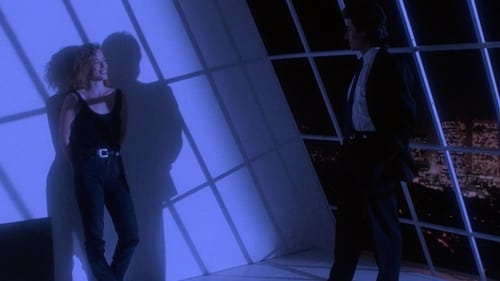
Lead Singer in Band
Притворяющийся вампиром убийца женщин Вандамир сталкивается с настоящим кровососом Майклом, которого послали убить Вандамира, чтобы он своими сомнительными действиями не дискредитировал вампирское сообщество.

Sound
"Masculinity" is the subject of this film. Harald, the protagonist, fails in his blind attempt to prove his masculinity at Maria's expense. The Stone Age is over. Is it really?

Music
"Studio Schönbrunn" is an ironic play with quotations. Paula Wessely in the Nazi-Wien-Film-production "Heimkehr", Leni Riefenstahl's biography, as well as Nestroy, Mozart, Marx, Frank Sinatra, Jandl. The text is adapted, de-familiarized and de-subjectivized. Consequently, the leading actor shoots the film's author.































